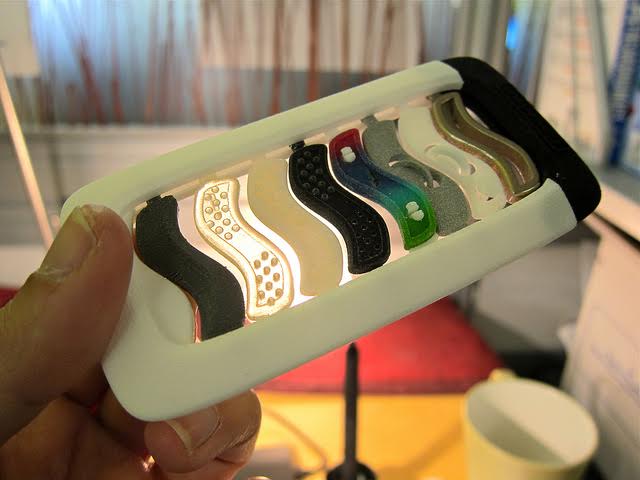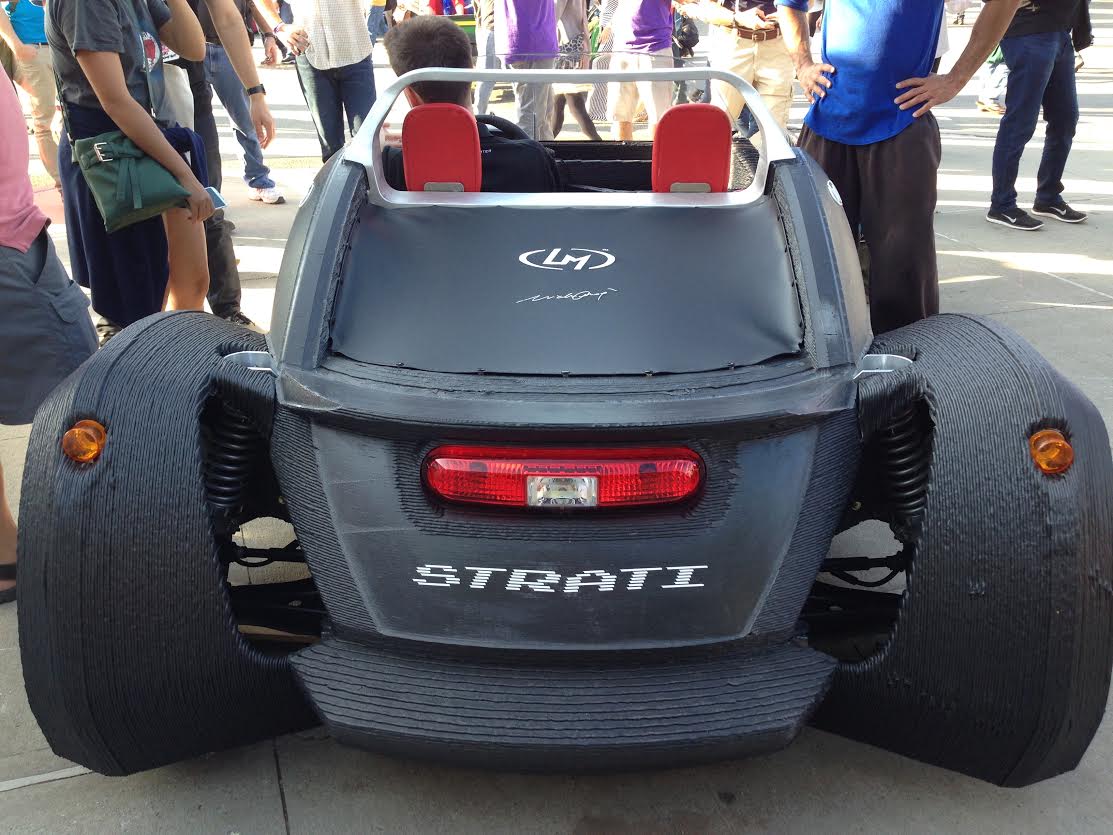 As you know, 3D printing is a whole new level of DIY. Here’s what interests me: the rise of 3D printing is concurrent with another kind of DIY revolution. Together, these new developments make for what will be a whole new economic model.
As you know, 3D printing is a whole new level of DIY. Here’s what interests me: the rise of 3D printing is concurrent with another kind of DIY revolution. Together, these new developments make for what will be a whole new economic model.
The so-called gig economy is taking off—it’s everywhere. A few examples: Wired.com says, “The gig economy is a bellwether for a broader shift to an Internet-powered workforce.” This workforce includes 400,000 Uber drivers, and there are myriad other companies besides Uber harnessing software and the Internet to create on-demand work. Elsewhere, TSheets Time Tracking, a cloud-based app that allows companies to log gig employee hours, has this to say:
“It’s hard to deny that the prevalence of opportunities combined with advanced and expanding technology in the hands of the masses has created a dynamic that is changing business as we know it.”
Sound familiar? 3D printing is also an advanced and expanding technology. Anyone can buy a 3D printer and it has the potential to change business completely. This is more than just a fad—it’s “constantly improving” and “leading to new discoveries and more opportunities for creative ingenuity.” People are discovering they can 3D print everything, from a pizza to organic tissue (bioprinting) to an RPG board game:
Or a 3D version of a child’s drawing:
Imagine what will happen once the gig economy adapts to the 3D printing possibilities. This will be a world where 3D printers replace traditional manufacturing and retailers. A world where people are prosumers, not consumers.
Already, there are companies such as Shapeways, a marketplace and community that creates (almost) anything you want, on-demand, through 3D printing. Or, there’s 3D Hubs, which connects you to the nearest 3D printer, facilitating sharing and on-demand production. And, there’s Styleshapes, a marketplace for DIY 3D printed jewelry that also invites newcomers to “create personalized items with free DIY tools.”
These companies don’t differ that much from Uber. They’re using the Internet to connect people with a service. The company makes money as a platform. The users can make money by selling their products, or they can be on the other side and buy products. It’s all on-demand. Users get a ‘gig’ as creators. Consumers benefit because they are getting entirely unique creations.
The potential for disruption
Not long ago, I wrote about entrepreneurs disrupting the auto industry. Local Motors is a Phoenix, AZ automaker with the mission of 3D printing an electric, autonomous car. They brought a 3D printed electric car, dubbed Strati, to fruition at the International Manufacturing Technology Show in Chicago. It took only 44 hours to do it.
 Local Motors also announced a design competition. The $7,500 award winner is now collaborating with three universities to create the first 3D printed, autonomous, electric vehicle.
Local Motors also announced a design competition. The $7,500 award winner is now collaborating with three universities to create the first 3D printed, autonomous, electric vehicle.
What does this have to do with the gig economy? Right now, Uber competitor Lyft is working with GM to develop autonomous cars for their on-demand service. Uber plans to have an autonomous car service by 2030. Driverless Uber and Lyft cars would put gig workers out of business.
But if the Local Motors project succeeds, anyone will be able to make their own autonomous car. Yes this is hypothetical, but it’s illustrative of 3D printing’s potential to disrupt the gig economy. If you can create your own autonomous car, you can compete with Uber and Lyft, using the car to shuttle people all over the place.
This is lofty, but feasible, territory for 3D printing. For now, we’ll have to be content with GM’s pet project, the 3Doodler 3D drawing pen.
Daniel Matthews is a freelance writer from Boise, ID who loves to write about tech and the new economy. Please find him on Twitter.
Subscribe to Our Email Newsletter
Stay up-to-date on all the latest news from the 3D printing industry and receive information and offers from third party vendors.
You May Also Like
3D Printing Unpeeled: New Arkema Material for HP, Saddle and Macro MEMS
A new Arkema material for MJF is said to reduce costs per part by up to 25% and have an 85% reusability ratio. HP 3D HR PA 12 S has been...
3D Printing News Briefs, January 20, 2024: FDM, LPBF, Underwater 3D Printer, Racing, & More
We’re starting off with a process certification in today’s 3D Printing News Briefs, and then moving on to research about solute trapping, laser powder bed fusion, and then moving on...
3D Printing Webinar and Event Roundup: December 3, 2023
We’ve got plenty of events and webinars coming up for you this week! Quickparts is having a Manufacturing Roadshow, America Makes is holding a Member Town Hall, Stratafest makes two...
Formnext 2023 Day Three: Slam Dunk
I’m high—high on trade show. I’ve met numerous new faces and reconnected with old friends, creating an absolutely wonderful atmosphere. The excitement is palpable over several emerging developments. The high...































